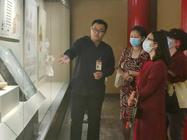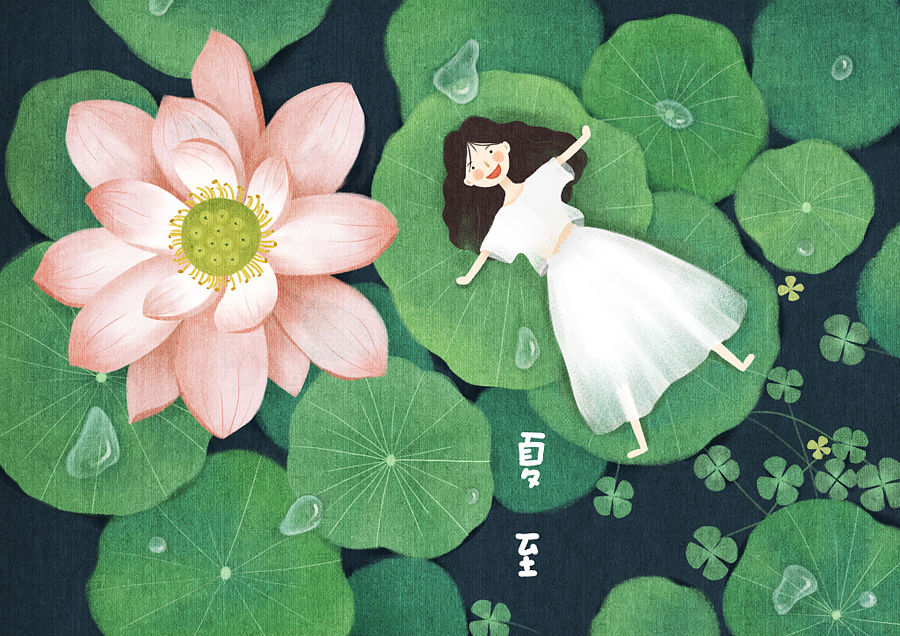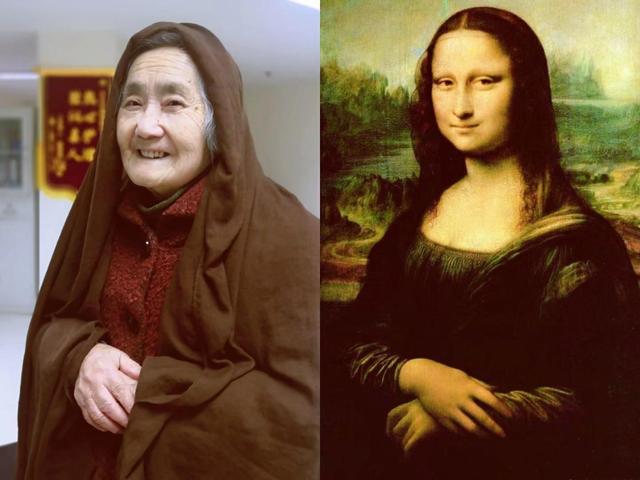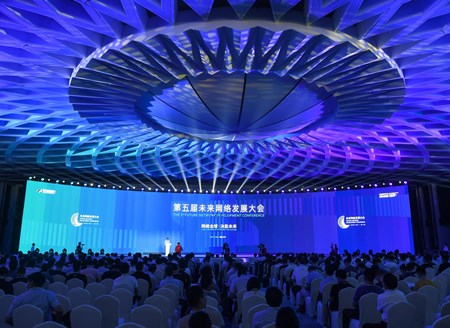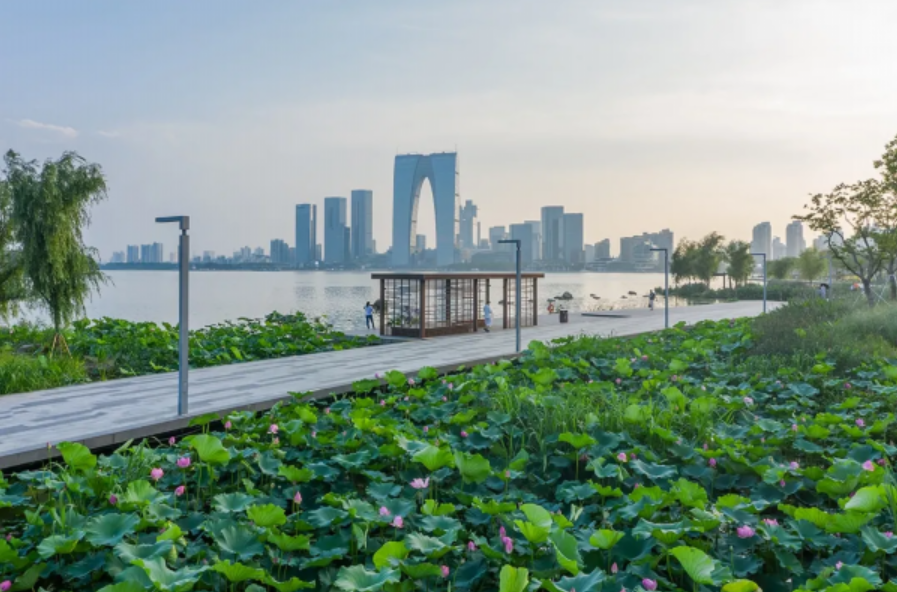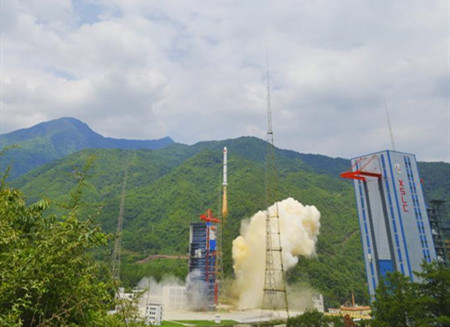One jin zhuan (golden brick) from the Suzhou Museum of Imperial Kiln Brick is currently on show at Everlasting Splendor: Six Centuries at the Forbidden City, an exhibition being held at the Palace Museum in Beijing, the site of the former Forbidden City, to celebrate the 600th anniversary of the completion of its construction.

Four experts from the Palace Museum and two professionals in charge of brick-packing visited the museum for the handover ceremony in late August.
The 59 kg, 420-year-old "fine-material square brick" from the reign of emperor Wanli is the most complete piece of all Ming imperial bricks preserved at the museum, with inscriptions recording names of the potters, construction officials and supervisors still visible on its sides.

The museum is located on the west bank of Yangcheng Lake, where the mild soil has given the bricks a texture "different from other places in the country". The area has since been the only source of bricks used in the interior works of the Forbidden City until the end of the Qing Dynasty.


It boasts a collection of 1,458 imperial bricks from the Yongle period of the Ming Dynasty to the Xuantong period of the Qing Dynasty. It covers an area of 38,875square meters, including the building area of 15,087 square meters.

The courtyard of the Suzhou Museum of Imperial Kiln Brick has many old kilns shaded by tall trees, with the ground covered by thick grass.
The lobby on its second floor displays the process of imperial brick making, from firing to transportation.
Visitors can touch the exhibits and learn more about the brick culture. There is also an imitation kiln patio on this floor with a narrow crack in an exhibited wall at the entrance that one can squeeze through.

The third floor presents the restoration models of some palaces and buildings that have been made with the bricks since the Ming and Qing dynasties. The names of hundreds of craftsmen are written on an illuminated wall.

In July 2019, the museum donated some imperial bricks to the French Architectural Heritage Museum at Place du Tertre in Paris to mark the 55th anniversary of the establishment of diplomatic relations between China and France.
The making of an imperial brick required seven major processes. First a special clay was selected, and then the mud was refined and made into a mold, which was then dried in the shade and roasted. After being roasted in the kiln for more than four months, the mud stopped baking. Water was then injected from the top of the kiln and turned into steam. The bricks and tiles in the kiln took a blue-gray color after cooling.

In recent years, the museum has recruited young people to form a creative development team with the aim of inheriting and innovating upon brick pottery crafts and culture.
For example, brick boards are made into tea tables and desktops that help to highlight the practical value of the imperial bricks in a modern social context.
The museum plans to cooperate with some universities to jointly cultivate talent for the inheritance of brick making techniques, and at the same time, "to develop more derivatives" that meet the needs of ordinary people.
(Source: iSuzhou)
